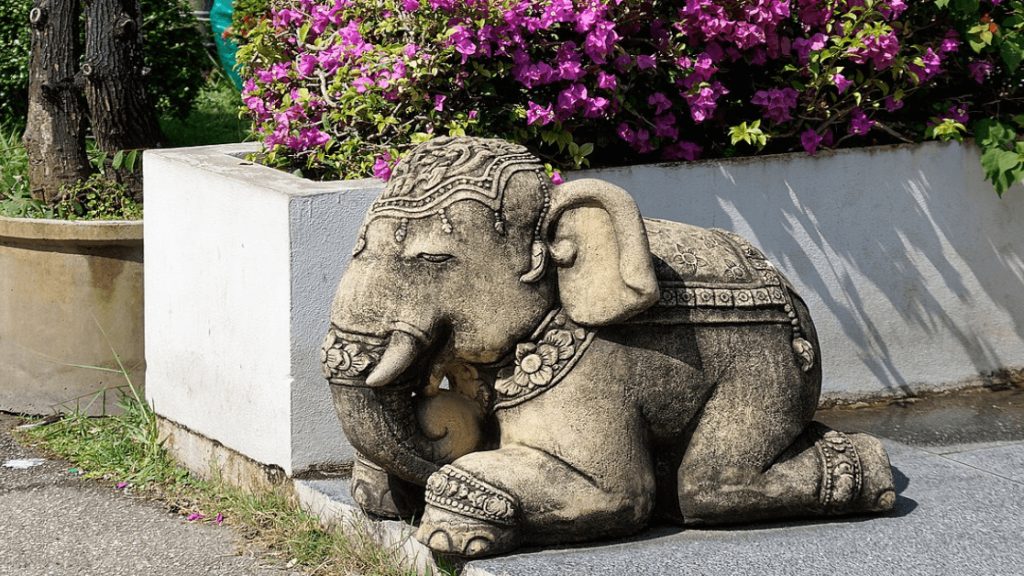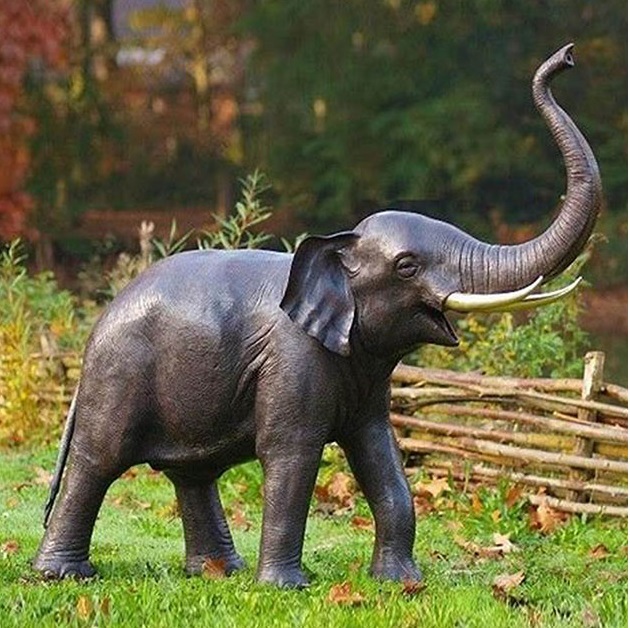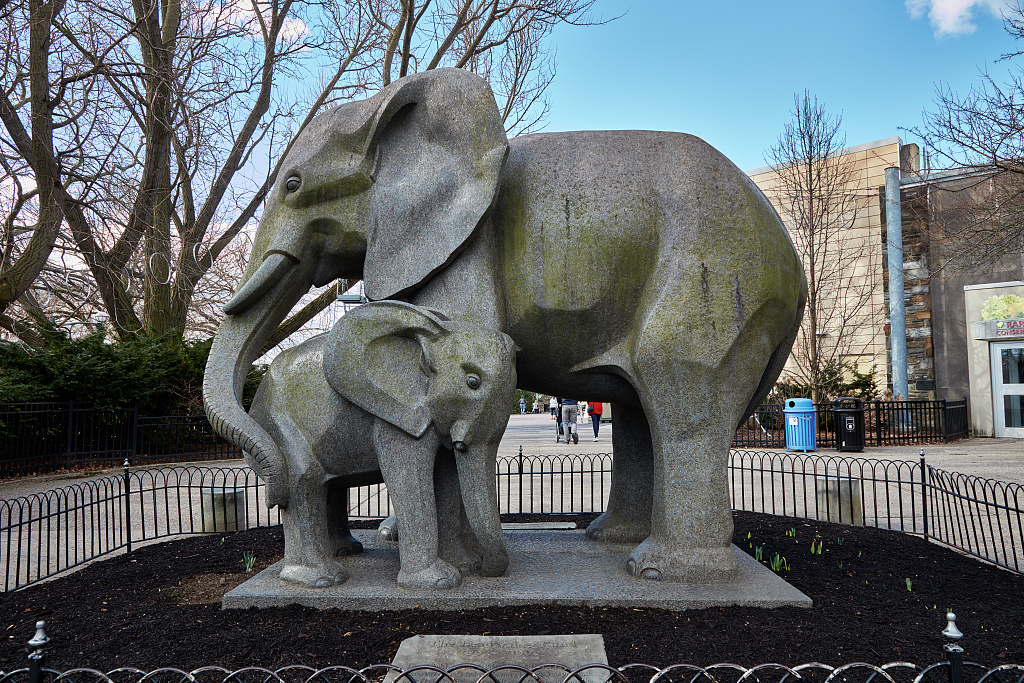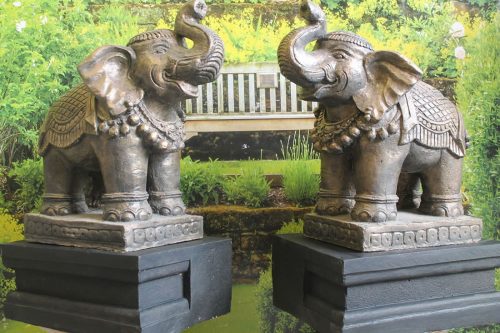The History and Cultural Heritage

Do you know why elephant sculpture are popular? Elephants, as a large and elegant animal, have been regarded as symbols of strength, wisdom, and auspiciousness in many cultures since ancient times. Elephants have played an important role in human history and culture, from the worship of elephant gods in ancient Egypt to the elephant headed gods in Hinduism. Therefore, elephant sculpture, as an art form, is not only a tribute to nature, but also a inheritance of human culture and values.
The Form and Expression of Elephant Sculpture

Elephant sculpture has a variety of forms and expressions, from traditional simulation sculptures to abstract artworks, where the figure of an elephant can be seen. Sculptors use different materials and techniques to create lifelike elephant images, showcasing their power and elegance. These sculptures are not only a visual enjoyment, but also a tribute and praise to elephants as creatures.
The Symbolic Meaning and Meaning of Elephants
The symbolic significance conveyed by elephant statue is rich and colorful. In Asian culture, elephants are seen as symbols of auspiciousness, happiness, and power. In Hinduism, the elephant god symbolizes divine power and the order of the universe. And in African culture, elephants often represent family, society, and wisdom. No matter in any culture, elephants are a respected and worshipped creature, so the symbolism of elephant sculpture comes with it.

Material and craftsmanship: The production process
Creating elephant sculptures requires sculptors to possess superb craftsmanship and skills. They usually choose different materials, such as stone, wood, metal, etc., to shape the shape of the elephant. Whether it is an elegant elephant carved from wood or a solemn elephant cast from metal, it requires a long process of design and production. These crafts not only require sculptors to have excellent artistic creativity, but also their understanding and application of materials.
The Social Influence and Value of Elephant Sculpture

Elephant sculpture, as an art form, has a profound impact on society and culture. In some regions, elephant sculpture is considered a part of urban culture and has become an important component of urban landscapes. In addition, elephant sculpture is often used in public art and urban sculpture to showcase the cultural heritage and values of the city. Through elephant sculpture, people can better understand the status and symbolic significance of elephants in different cultures.
The Value and Collection
Due to its unique artistic value and cultural connotations, elephant sculpture has gradually become the object of pursuit for art collectors. Some elephant sculptures with a long history and exquisite craftsmanship often become important exhibits in museums and private collections. By collecting elephant sculptures, people can not only appreciate their beautiful shapes, but also appreciate the profound cultural value carried by this mysterious creature, the elephant.
Epilogue
Elephant sculpture, as a form of artistic expression that combines strength, wisdom, and culture, has always held an important position in various cultures. It is not only a form of art, but also a manifestation of cultural inheritance and values. Through elephant sculpture, people can gain a deeper understanding of different cultures’ interpretations of concepts such as power, wisdom, and happiness, thereby better understanding human history

